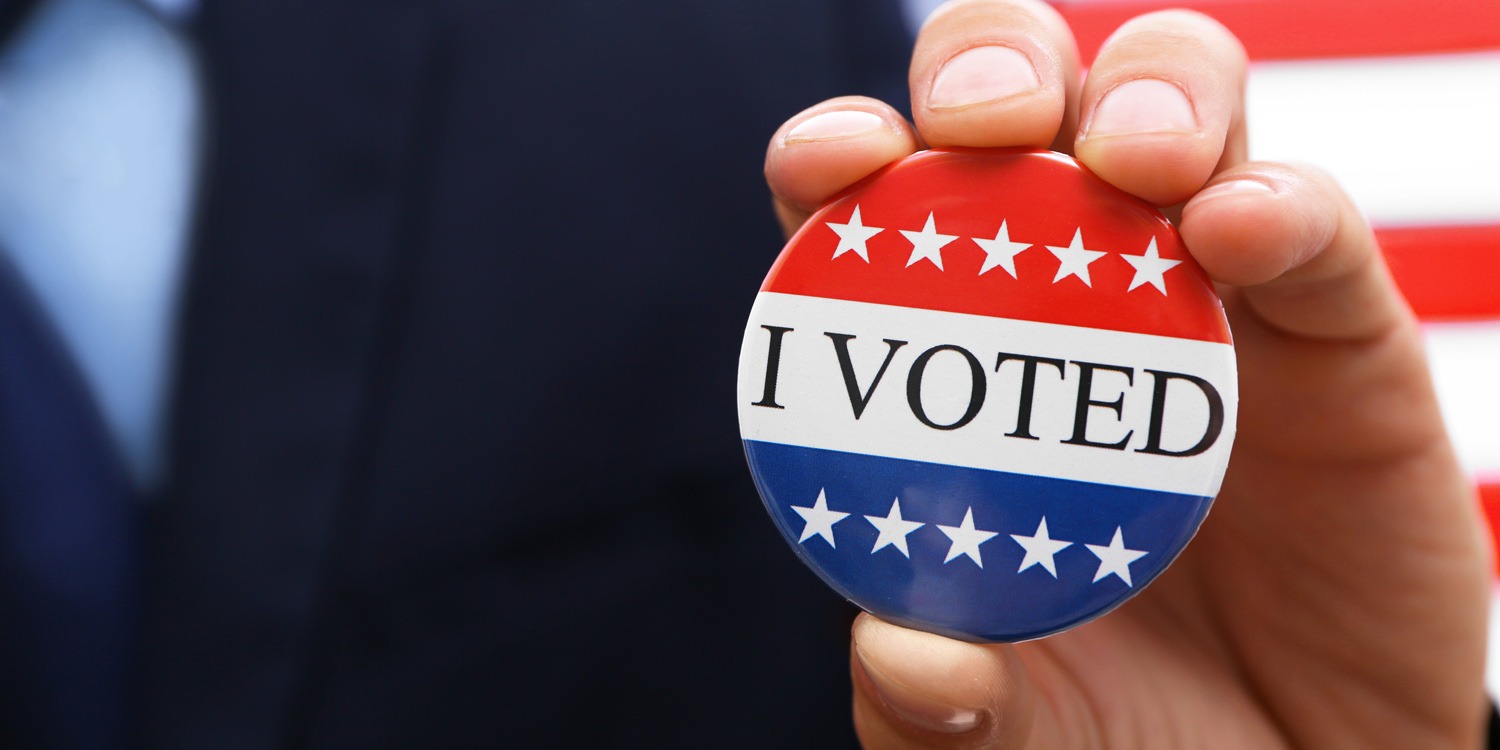Report on New York City’s School Device Policy and Alignment with Sustainable Development Goals
1. Introduction to the “Distraction-Free Schools” Policy
In response to a statewide mandate from Governor Kathy Hochul, New York City has instituted a comprehensive policy to prohibit the use of personal cellphones and other internet-enabled devices during the school day. This policy, approved by the Panel for Education Policy, is scheduled for implementation in the 2025-2026 academic year. The primary objective is to create distraction-free learning environments, thereby enhancing educational outcomes and student well-being across all public schools. The policy framework is designed to align with several key United Nations Sustainable Development Goals (SDGs).
2. Policy Alignment with SDG 4: Quality Education
The “Distraction-Free Schools” policy is fundamentally aligned with SDG 4: Quality Education, which aims to ensure inclusive and equitable quality education and promote lifelong learning opportunities for all.
- Enhanced Learning Environments: By eliminating distractions from personal devices, the policy fosters a more focused and engaging classroom atmosphere, allowing for deeper concentration on instructional content.
- Improved Educational Outcomes: The initiative seeks to shift student focus from non-educational digital activities (“clicking and scrolling”) back to academic engagement (“learning and growing”), directly supporting the goal of achieving relevant and effective learning outcomes.
- Equitable Access to Technology: While personal devices are banned, the policy permits the use of school-provided internet-enabled devices for approved lesson plans. This ensures that technology in the classroom is used for educational purposes and is accessible to all students, regardless of their personal economic status, thus promoting equity.
3. Contribution to SDG 3: Good Health and Well-being
The policy significantly contributes to SDG 3: Good Health and Well-being by addressing the mental and physical health of students.
- Promotion of Mental Well-being: Reducing constant access to personal devices during school hours can mitigate issues such as cyberbullying, social anxiety, and the negative mental health effects associated with excessive screen time and social media use.
- Support for Medical Needs: The policy includes specific exceptions for students who require devices to monitor medical conditions, ensuring that the ban does not compromise the health and safety of students with specific needs. This demonstrates a commitment to the well-being of all learners.
4. Advancing SDG 10: Reduced Inequalities
By standardizing device access, the policy supports SDG 10: Reduced Inequalities within the school environment.
- Mitigating Socioeconomic Disparities: A universal ban on personal devices levels the playing field, reducing the social pressures and inequalities that arise from disparities in the quality and type of technology students own.
- Inclusive Provisions: The policy makes explicit exceptions for students whose Individualized Education Program (IEP) or 504 plan requires the use of a device, ensuring that students with disabilities are not disadvantaged and have equal access to the tools necessary for their education.
5. Key Implementation and Enforcement Details
The successful implementation of this policy relies on a structured approach involving individual schools, clear guidelines, and a balanced enforcement strategy.
Policy Scope and Responsibilities
- Comprehensive Ban: The policy prohibits all personal internet-enabled devices, including:
- Cellphones and smartphones
- Smartwatches
- Laptops and tablets
- Portable music and gaming devices
- School-Level Implementation: Each school must develop its own written policy, post it on its website, and provide at least one method for parents to contact students during the school day.
- Device Storage: Schools are required to provide a secure method for storing student devices, such as lockers or other holding systems.
Exceptions and Enforcement
- Authorized Exceptions: Use of personal devices may be permitted under specific circumstances:
- For monitoring a medical condition.
- As required by a student’s IEP or 504 plan.
- For student caregivers.
- In specific student emergencies as communicated by a parent.
- For translation services when other means are unavailable.
- For educational purposes explicitly authorized by the school principal.
- Progressive Discipline: Policy violations will be addressed using progressive discipline in accordance with the city’s Discipline Code. A student will not be suspended solely for a violation. Confiscated devices will result in parental contact, ensuring clear communication.
SDGs Addressed in the Article
-
SDG 4: Quality Education
The article’s central theme is the implementation of a policy to create “distraction-free learning environments” in New York City public schools. This directly aligns with SDG 4, which aims to ensure inclusive and equitable quality education. By prohibiting cellphones and other personal internet-enabled devices, the policy seeks to improve the quality of the educational experience, enhance student focus, and promote better learning outcomes, as emphasized by the governor’s goal to shift focus from “clicking and scrolling” back to “learning and growing.”
-
SDG 3: Good Health and Well-being
The policy indirectly addresses SDG 3 by promoting student well-being. The push to reduce constant engagement with personal devices during school hours can be linked to efforts to mitigate potential negative impacts on youth mental health associated with excessive screen time and social media. Furthermore, the policy explicitly makes exceptions for students who need to “monitor medical conditions,” demonstrating a direct consideration for the physical health and well-being of students within the educational setting.
Specific SDG Targets Identified
-
Target 4.1: By 2030, ensure that all girls and boys complete free, equitable and quality primary and secondary education leading to relevant and effective learning outcomes.
The policy’s primary objective is to improve the effectiveness of education. The article states the initiative aims to create a “more focused learning atmosphere where students engage with educational content rather than personal technology.” This effort to remove distractions is a direct strategy to improve the conditions necessary for achieving “effective learning outcomes,” which is the core of Target 4.1.
-
Target 4.a: Build and upgrade education facilities that are child, disability and gender sensitive and provide safe, non-violent, inclusive and effective learning environments for all.
This target is strongly connected to the article. The entire “Distraction-Free Schools” law is designed to create “effective learning environments.” The policy’s inclusivity is highlighted through its specific exceptions, such as allowing device use when required by a student’s “IEP or 504 plan for medical or educational purposes.” This demonstrates a commitment to providing a learning environment that is sensitive to and inclusive of students with disabilities.
-
Target 3.4: By 2030, reduce by one third premature mortality from non-communicable diseases through prevention and treatment and promote mental health and well-being.
The policy connects to the “promote mental health and well-being” aspect of this target. By limiting access to personal devices, which can be sources of stress, anxiety, and cyberbullying, the policy acts as a preventative measure to support student mental well-being during the school day. The exception allowing students to use devices to “monitor medical conditions” also aligns with the health management component of this target.
Indicators for Measuring Progress
-
Policy Implementation and Transparency
A key indicator mentioned in the article is the formal establishment and implementation of the device policy itself. The article specifies that each public school “will be required to develop and implement its own written policy” and that these policies “must be posted on each school’s website for transparency and accessibility.” The existence and public availability of these policies serve as a direct indicator of action towards creating effective learning environments (Target 4.a).
-
Provisions for Inclusivity and Safety
The article implies qualitative indicators through the specific provisions within the policy. The exceptions made for students with medical conditions, disabilities (IEP/504 plans), and student caregivers are indicators of an inclusive approach. Additionally, the requirement for schools to “provide at least one method for storing student devices” and to use “progressive discipline” for violations are indicators of a structured and safe implementation process.
-
Access to Communication for Emergencies
The policy’s requirement that schools “must include at least one method for parents to contact students during the school day” serves as an indicator of a balanced approach that considers safety and practical communication needs. This provision can be measured by confirming that schools have established and communicated these contact methods to parents, ensuring well-being while maintaining the policy’s integrity.
Summary Table of SDGs, Targets, and Indicators
| SDGs | Targets | Indicators |
|---|---|---|
| SDG 4: Quality Education | Target 4.1: Ensure quality primary and secondary education leading to effective learning outcomes. | Implied: Improved student focus and engagement with educational content, shifting from “clicking and scrolling” to “learning and growing.” |
| SDG 4: Quality Education | Target 4.a: Provide safe, inclusive and effective learning environments for all. | Direct: The requirement for each school to develop and post a written policy for a “distraction-free” environment. Direct: The inclusion of exceptions for students with disabilities (IEP/504 plans). |
| SDG 3: Good Health and Well-being | Target 3.4: Promote mental health and well-being. | Implied: Promotion of student mental well-being by reducing device-related distractions and stress during school hours. Direct: The provision allowing device use for students who need to “monitor medical conditions.” |
Source: silive.com







